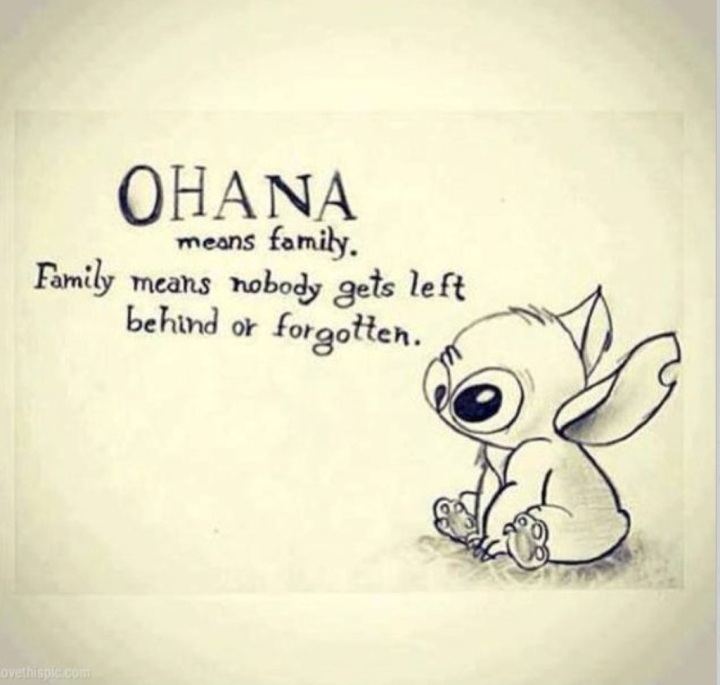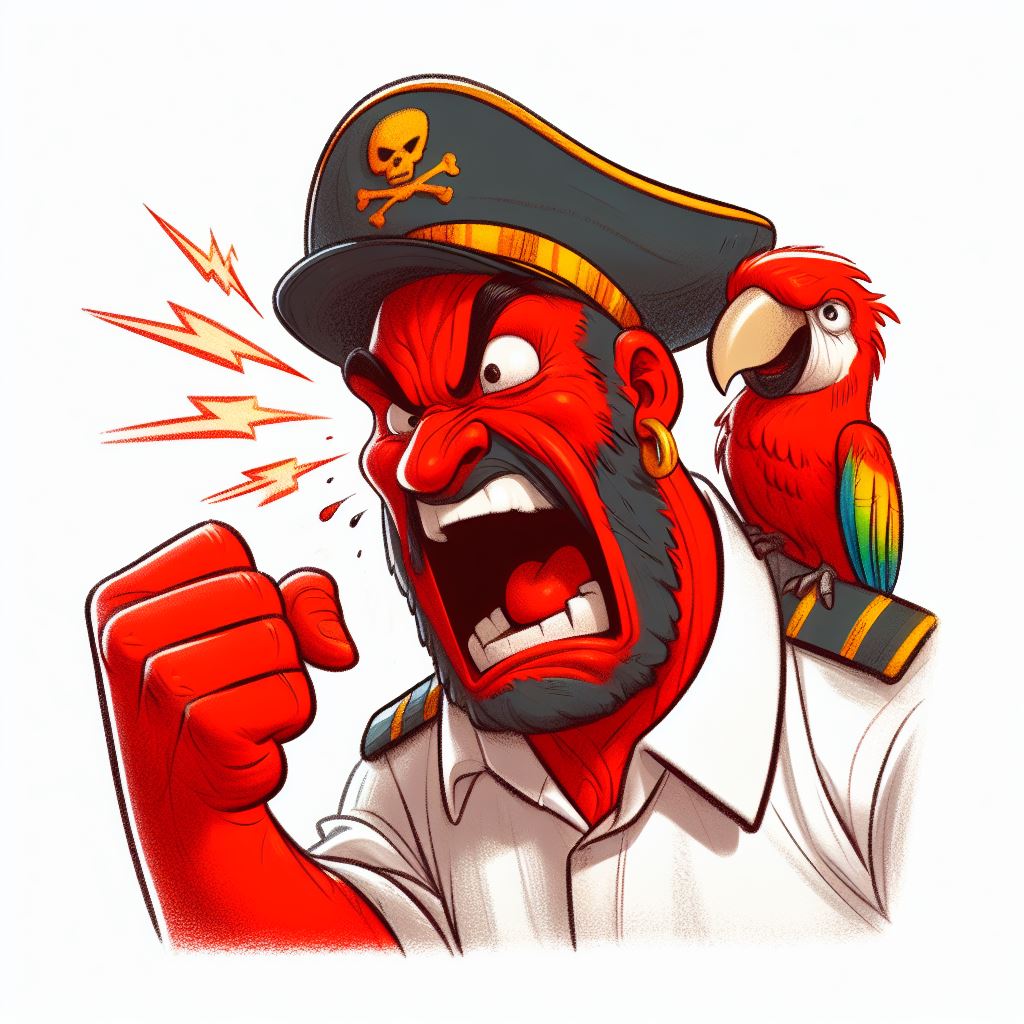What older movies made a good use of either side stepping special effects or have effects that somehow still hold up today? Why are they good movies?
almost anything animated holds up to. rock and rule is still entertaining as is heavy metal and the paint over animation lord of the rings (I am in no way comparing it to the awesome peter jackson version but just that animation holds up better than stadard special effects).
Going to add krull. This is another were less was more with special effects which makes it do much better than others of the time.
There are dozens of us that like Krull. DOZENS!
Bud Spencer % Terrence Hill movies
Tron. Vector graphics and filters gave a better effect than any of the weak sequels.
The fifth element.
Gattaca
Only the best Xmas movie if all time - Gremlins.
This has been a really interesting post. After going through all the amazing films I’ve become hopeful (probably unrealistically) that with the prevalence of not only CGI but now “AI”, we may just get lucky enough to see a practical effect renaissance. There’s a charm and soul in practical effects that’s lacking in CGI, and completely missing in AI.
The Thing, Terminator 2, Jurassic Park, Alien(s), ET - just from top of my head. The Thing would be my favorite out of the bunch. No CGI, just pure and hardcore man-made effects.
Terminator 2 and Jurassic Park make heavy use of CGI. The liquid metal effects in T2, and any time you see an entire dinosaur that is standing up and moving around in Jurassic Park, are computer generated. They were just done very well.
Still my favorite movie of all time
The Hitchhiker’s Guide to the Galaxy show from the 80s holds up surprisingly well
Nobody sidestepped special effects like film noir did. They made a whole genre out of, “If we dim the lights enough, nobody will notice we stole this set from a different movie.”
The history of film noir is something really special that came together due to a unique set of circumstances (saddle up for an infodump). The Great Depression had given popularity to pulp fiction novels, generally focusing on working class protagonists struggling to keep a roof over their heads, and often viewing power and social structures through cynical terms. Meanwhile, in Germany, Hitler destroyed the German film industry, which had previously been the best in the world. A bunch of people who were generally some combination of gay/Jewish/communist/film makers came to America and brought their expertise, expressionist style, and antifascist perspectives to Hollywood, where it blended with existing American culture to create something entirely new.
Every iconic aspect of film noir was that way for a reason - even if the reason was often, “saving money,” like I mentioned before. The older, grizzled detective and the young femme fatale were cast out of necessity, especially during wartime when young men who would have otherwise dominated those roles were out fighting (or expected to be). While of course they are product of their time and can contain sexist themes, they provided roles for women that were more complex and had more agency than before. And they were also subject to censorship, but some movies, such as Crossfire (1947), snuck hidden meanings under the radar. The book Crossfire was based on was centered around a homophobic murder, but the Hays Code prohibited any mention of homosexuality, so the plot was changed to a racist/antisemitic murder (which also capitalized on the anti-Nazi sentiment of the time) - but with subtext alluding to the original plot. The effect is that the two forms of bigotry are linked together (tagline: “Hate Is Like A Loaded Gun!”), and the director later said that the Code, “had a very good effect because it made us think. If we wanted to get something across that was censorable… we had to do it deviously. We had to be clever. And it usually turned out to be much better than if we had done it straight.”
Film noir’s fans cut across demographics, popular with women and men alike. Back in those days, going to the movie theater was an all-day affair with multiple films shown, and film noir movies generally occupied the role of “B movies” (necessitating their cheap production values), but the point is that they were just targeted towards… moviegoers. And I don’t want to paint it as just, “foreign socialists promoting their agenda through hidden messages” or that sort of thing, it genuinely was a blending of perspectives and cultures that (much as I hate to say it as a certified America hater) really represents America at it’s best, the dream that we ought to aspire to. There really was something magical happening in the cultural dialogue that these movies are the product of.
But of course, we’re not allowed to have nice things. Due to McCarthyism, the alliances and blending of cultures and ideas that had allowed the genre to exist were ripped apart. People were pressured to name names and sell out their colleagues, which spawned distrust and animosity, betrayal and grudges that would disrupt the industry even after the direct threat had passed. And eventually replacing film noir and it’s proletarian focus and cynical view of society, came the spy movies, glorifying government agents infiltrating other countries as part of this global ideological conflict against communism. Propagandizing trash. Dead art taking no risks and presenting nothing to challenge the audience.
Anyway, film noir is cool and fun and artsy and had a progressive (for its time, at least) current insofar as it was allowed to.
Thank you for the information!
Not as old as some mentioned, but I love Gondry’s use of practical effects in Eternal Sunshine of the Spotless Mind. Also want to drop in Fx: Murder by Illusion, just 'cause I loved the movie when I first saw it many decades ago…
FX…omg haven’t thought of that movie in forever. Gotta do a rewatch.
Jaws.
The shark prop didn’t work well and looked terrible, which resulted in much of it being left out of the movie. The movie is more terrifying because of this.
The severed head rolling into view in the hole of the sunken boat still freaks me out. I think it was filmed in the back yard pool of one of the producers.
The shark has a name, it’s Bruce
Jurassic Park
Yup, it was lauded for its amazing CGI when it came out, but the vast majority of the movie was shot with puppets and practical effects. It’s also a great example of “less is more” in the sense that the movie is over two hours long, but only has like 15 minutes of actual dinosaur footage. That meant they were able to focus their time and resources effectively, to make the few bits of CGI as good as they could be.
The Princess Bride
The flames are real flames! The R.O.U.S. is a tiny guy in a suit! The giant is… Andre the Giant!
Yeah, the behind the scenes stuff for that movie is wild.
They had to keep reshooting the fire swamp scene, because Cary Elwes (Westley/Dread Pirate Roberts) kept panicking every time Robin Wright (Princess Buttercup) got lit on fire.
The R.O.U.S. scene had to be delayed, because they had to go bail the dude in the rat suit out of jail. He had apparently gotten too drunk the night before, and was in the drunk tank on the morning that they were supposed to shoot the R.O.U.S. scene.







